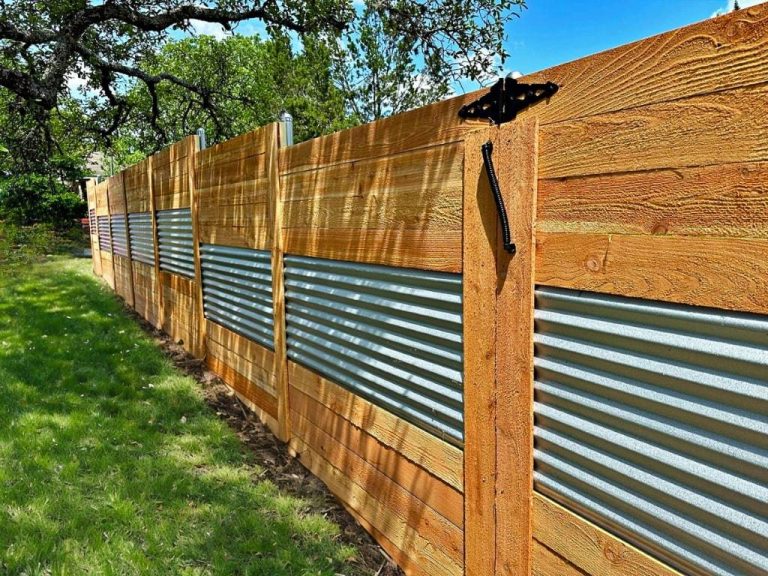Why Does Your Floor Still Feel Sticky After Mopping?
Mopping your floors is supposed to leave them clean and fresh. Yet, sometimes, they still feel sticky after you mop. This can be frustrating, especially when you have spent time and effort cleaning. Several factors contribute to this common issue, and understanding these reasons can help you achieve spotless floors.
Using Too Much Cleaning Solution
One of the main reasons your floor feels sticky after mopping is using too much cleaning solution. It’s a common mistake to think that more soap or cleaner will make your floors cleaner. In reality, excess detergent can leave a residue that attracts dirt. Even after drying, this residue can cause your floor to feel sticky when you walk on it.
Properly diluting your cleaning solution is key. Follow the instructions on your cleaner’s label carefully. If you notice a sticky feeling after mopping, try mopping again using just water to rinse off the leftover solution.
Dirty Mop Water
Another reason for sticky floors is using dirty mop water. When you mop with water that has already collected dirt and debris, you are essentially spreading grime across the floor. Instead of picking up more dirt, the mop re-distributes it. This leads to a sticky, unpleasant surface.
To avoid this, make sure to change your mop water frequently. If you are mopping a large area, you may need to change the water several times during the process. Clean water ensures that you are removing dirt, rather than leaving it behind.
Using the Wrong Mop
The type of mop you use also plays a role in how clean your floors feel. Some traditional mops tend to push the dirt around rather than absorb it. This can result in a sticky or streaky finish. Modern alternatives, like a mopping robot, can help in this regard by using advanced cleaning techniques to ensure no residue is left behind.
Mopping robots can intelligently control the amount of water and solution applied to the floor, and they tend to dry the surface more evenly. This reduces the chances of sticky patches forming, ensuring your floors feel clean and smooth after each use.
Insufficient Rinsing
Rinsing is a critical step in the mopping process, and insufficient rinsing can lead to sticky floors. If you do not thoroughly rinse your mop and floor after applying the cleaning solution, leftover soap will remain. This soap residue creates a sticky film that attracts dust and dirt.
To solve this issue, always make sure to rinse your mop frequently as you clean. After using the cleaner, go over the floor again with fresh water to remove any leftover solution. This extra step ensures that your floor is free of any sticky residue.
Sticky Floors from Hard Water
If you live in an area with hard water, you might experience sticky floors after mopping. Hard water contains minerals that can leave a film on surfaces. When this water dries on your floors, it can leave behind a residue that feels sticky underfoot.
To prevent this, you can try using distilled water for mopping or installing a water softener in your home. Alternatively, using a vinegar-based solution can help break down the minerals in hard water and reduce the sticky feeling on your floors.
Not Enough Drying Time
Finally, improper drying can cause your floors to feel sticky after mopping. If you walk on the floor before it has fully dried, the water and cleaning solution can mix with dirt from your shoes, creating a sticky mess. Additionally, areas that don’t dry completely may feel tacky for a long time.
To prevent this, ensure that your floor has ample time to dry before walking on it. Use fans or open windows to help speed up the drying process. Also, consider using a mop or cleaning tool that helps dry the floor as you clean.
Conclusion
Sticky floors after mopping are a common issue that can be easily resolved by adjusting your cleaning habits. From using the right amount of cleaning solution to ensuring proper rinsing and drying, small changes can make a big difference.
Additionally, considering a mopping robot can help you maintain a clean and residue-free floor without much effort. Remember, the key to spotless, non-sticky floors lies in the details of your cleaning process.



